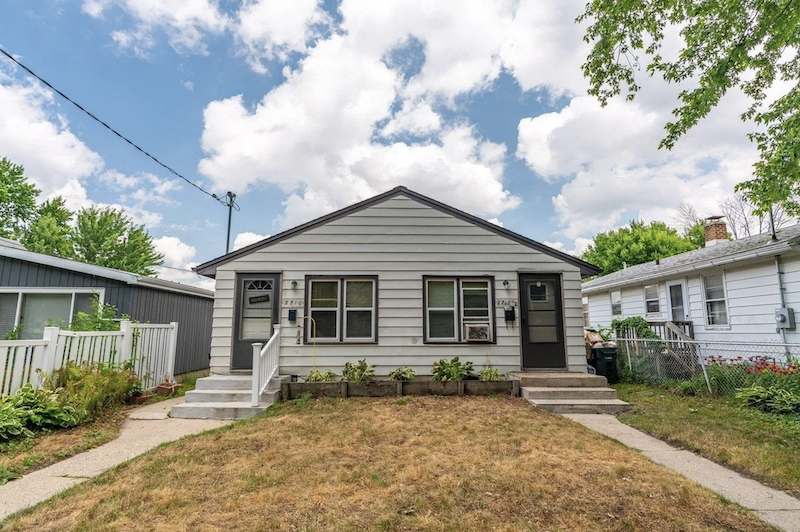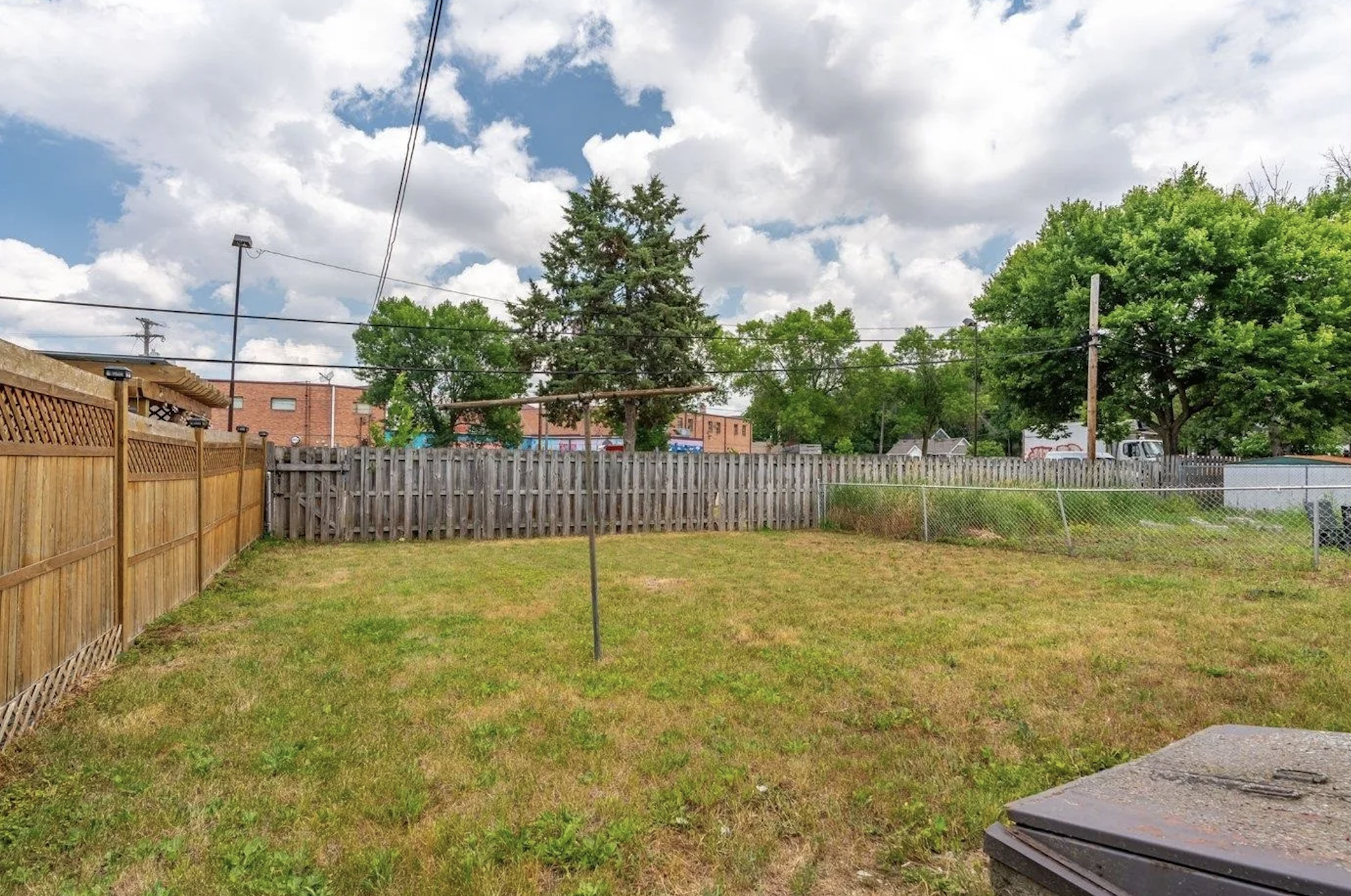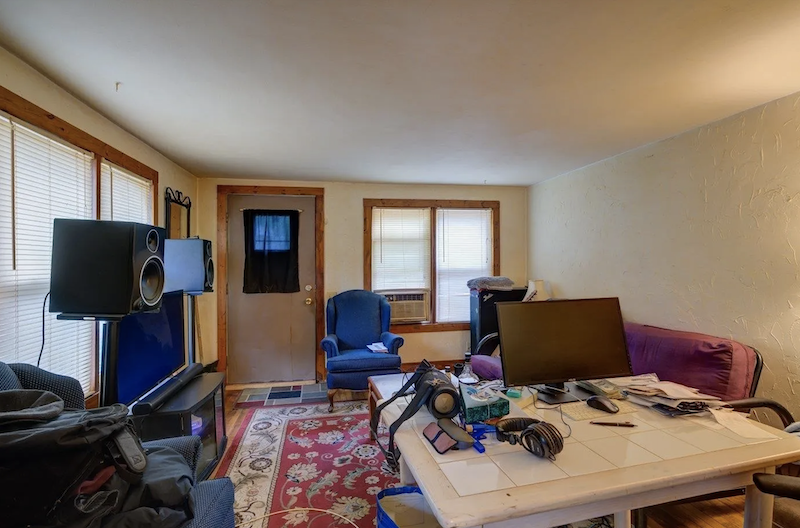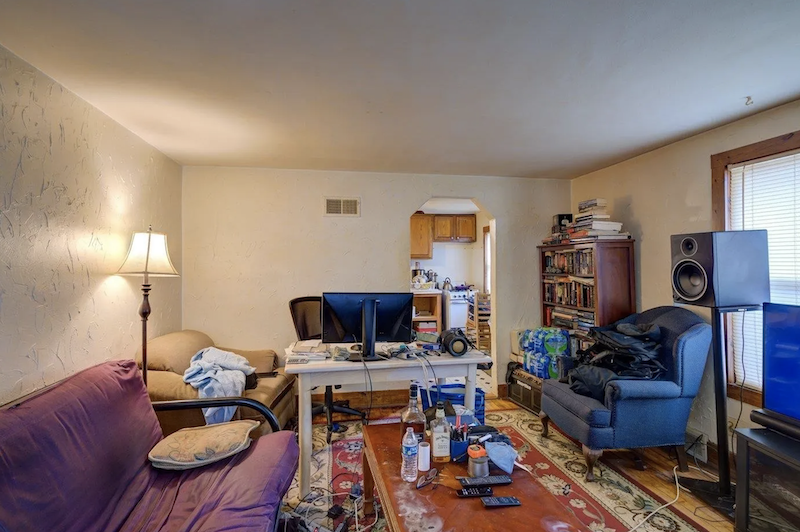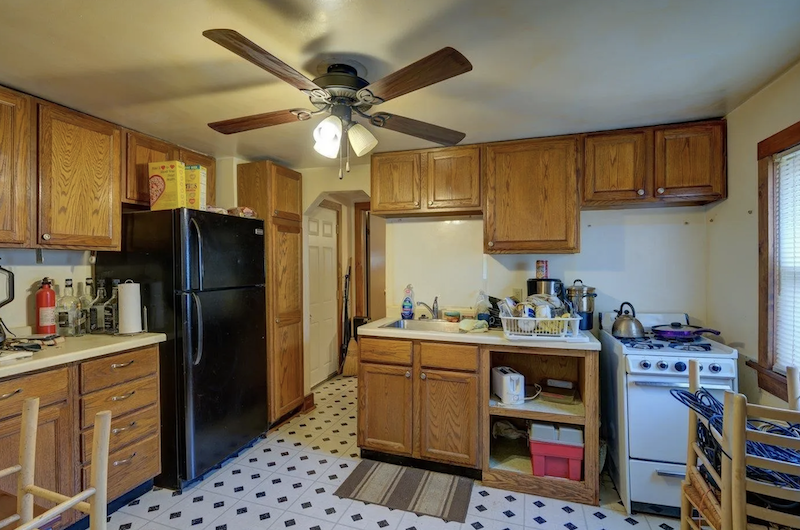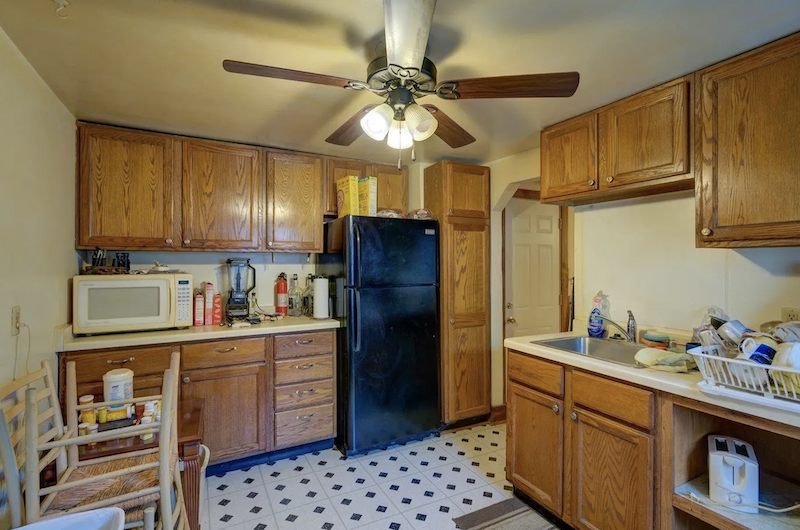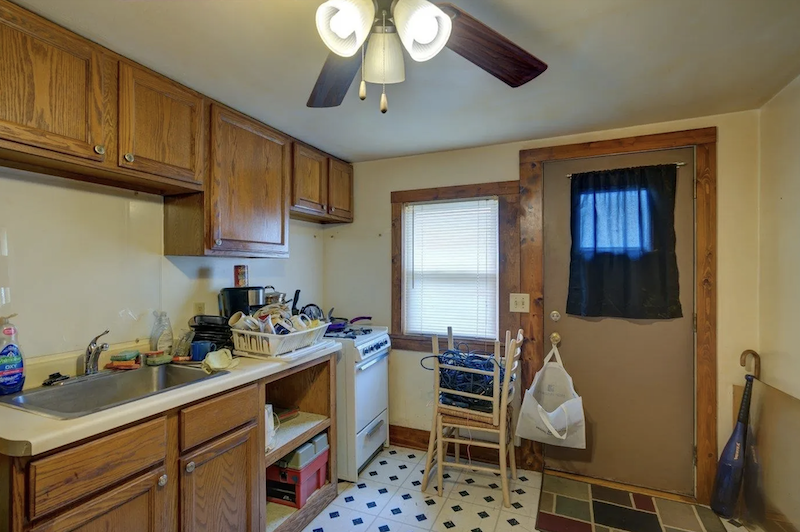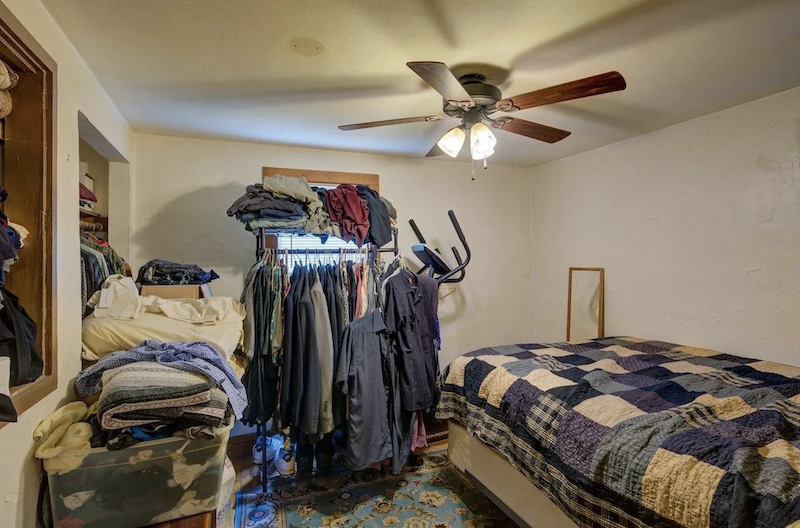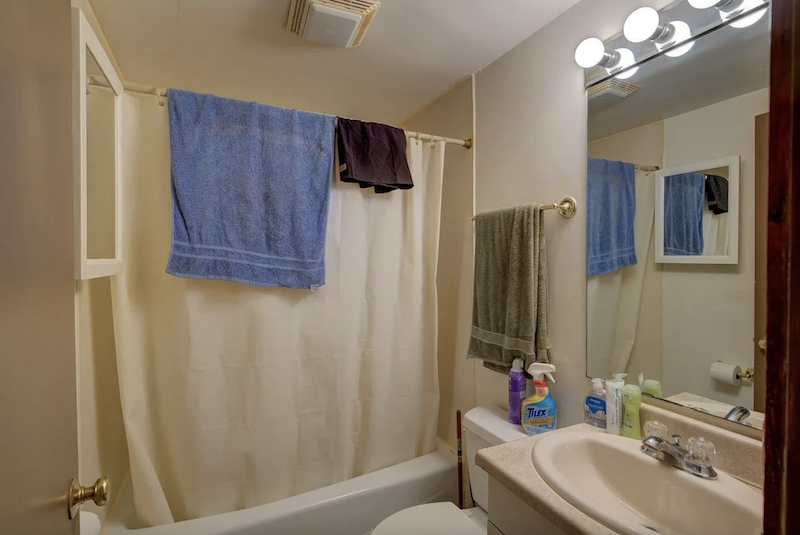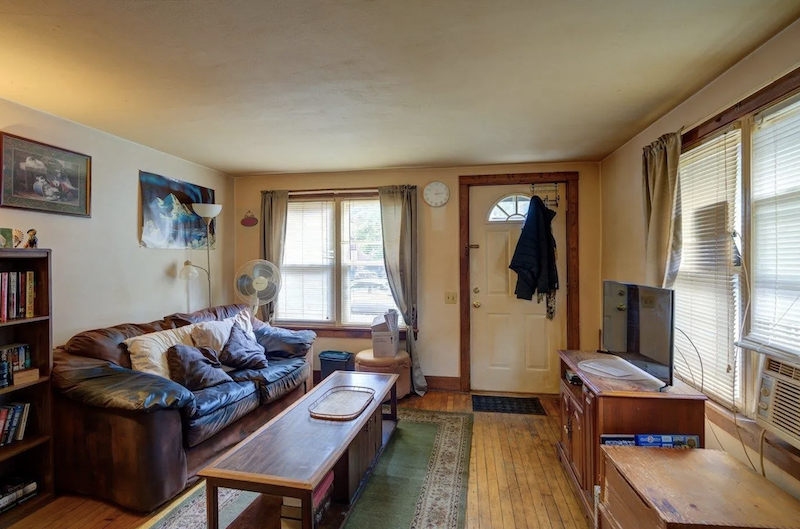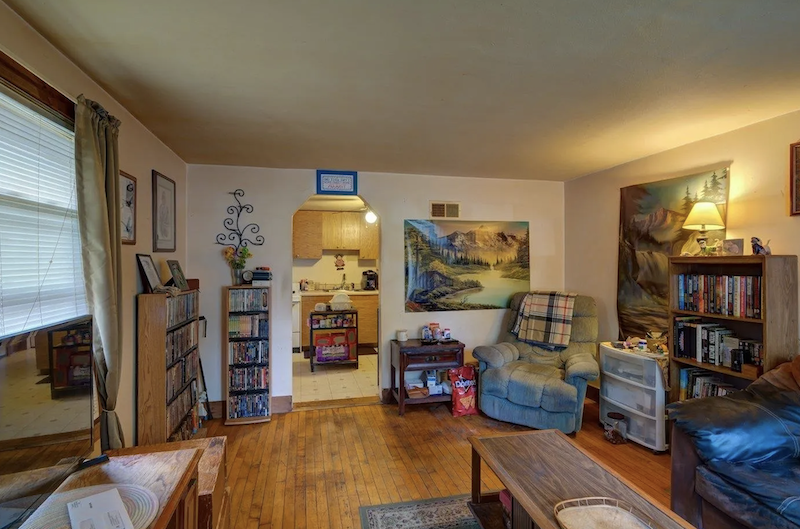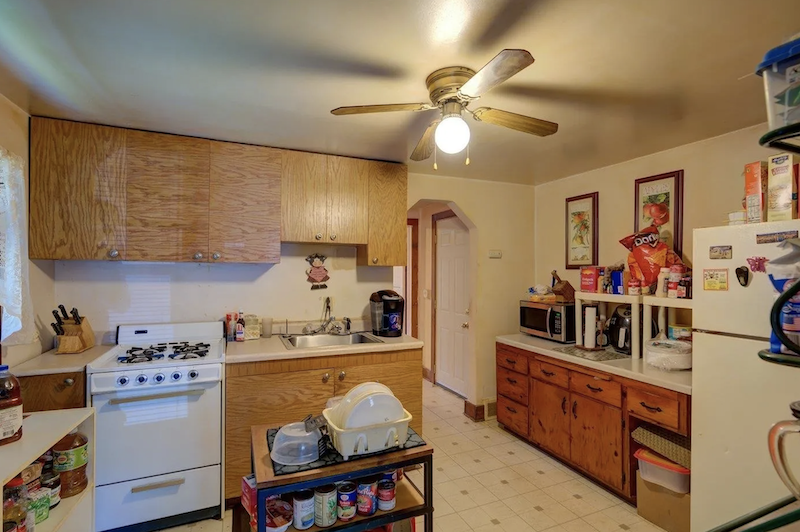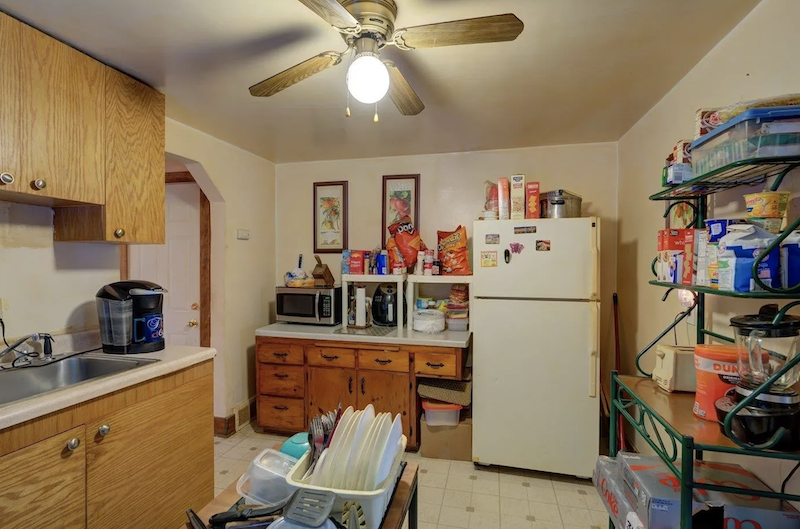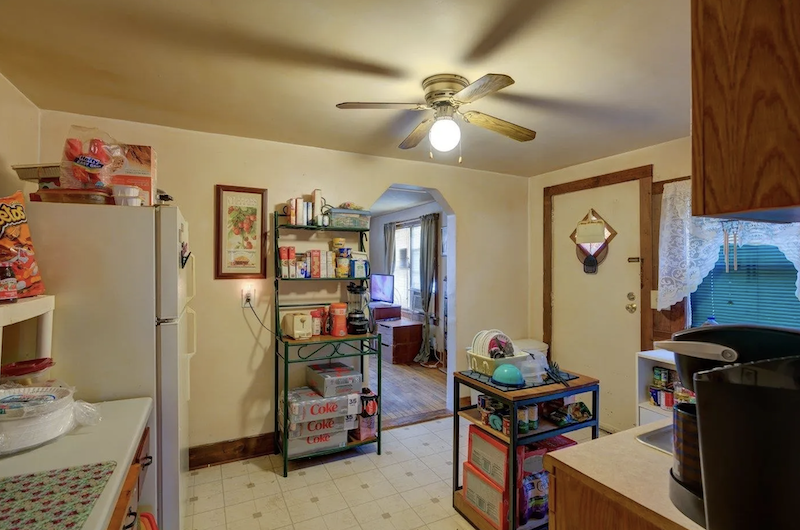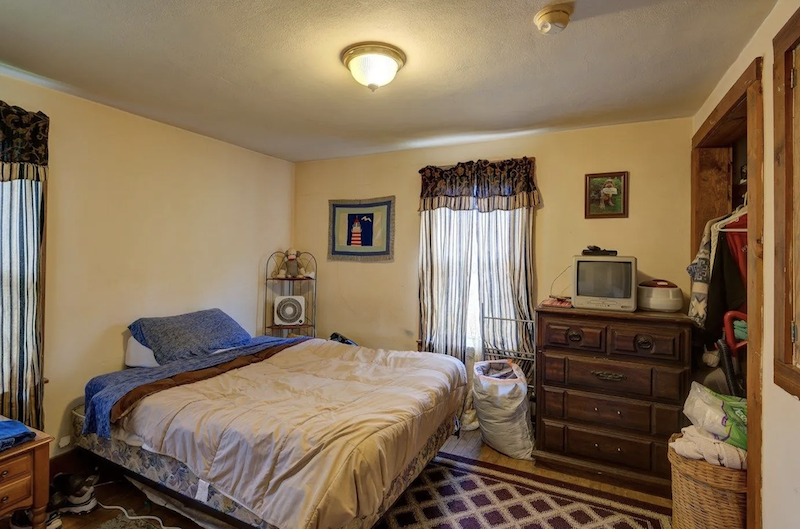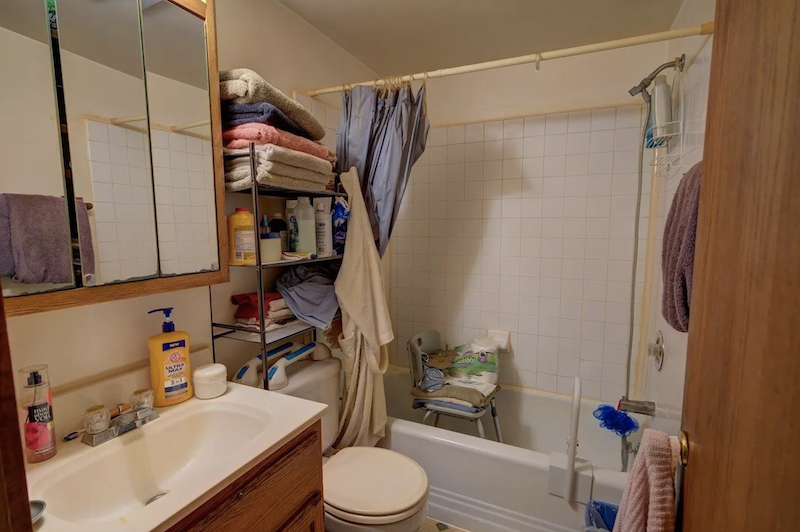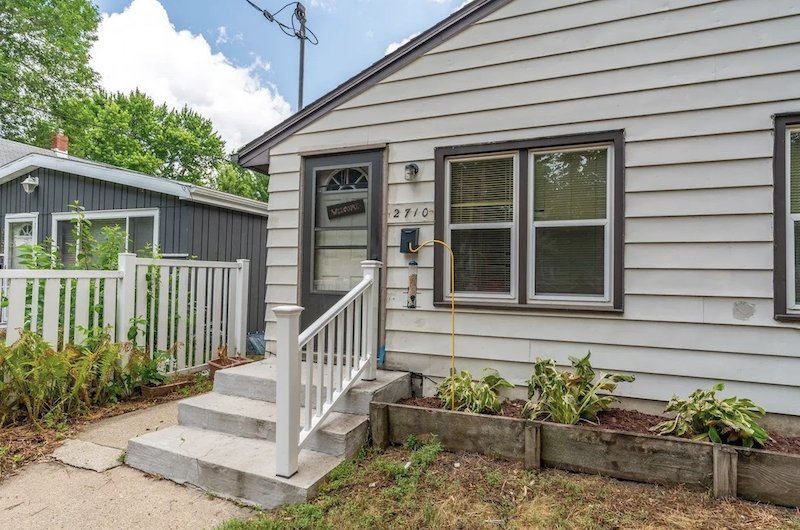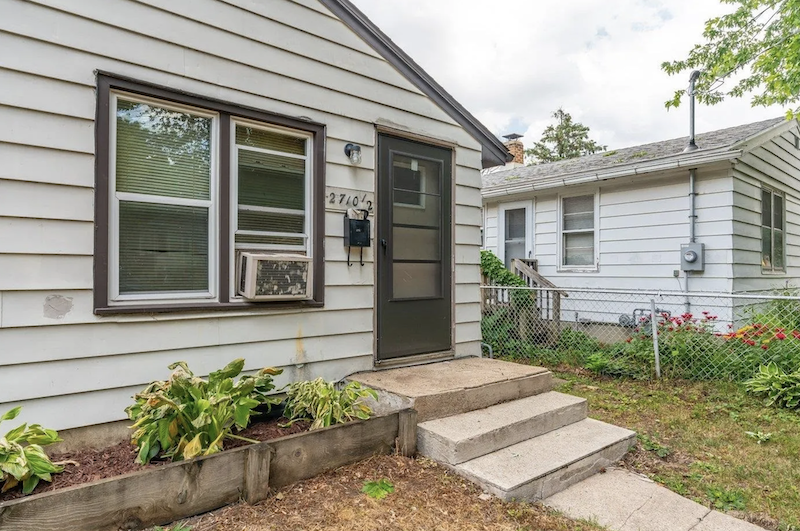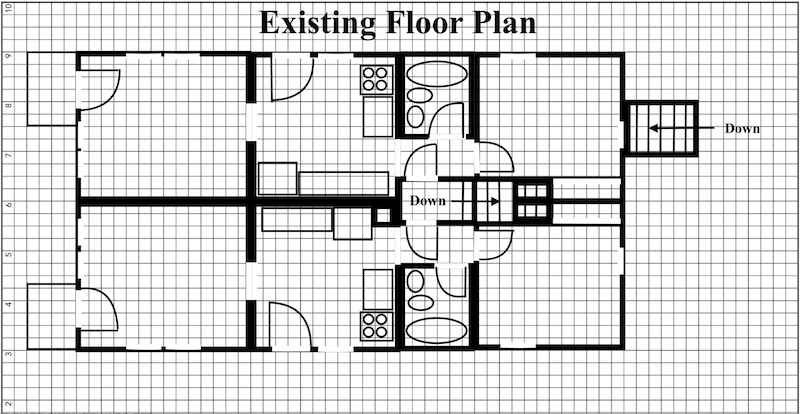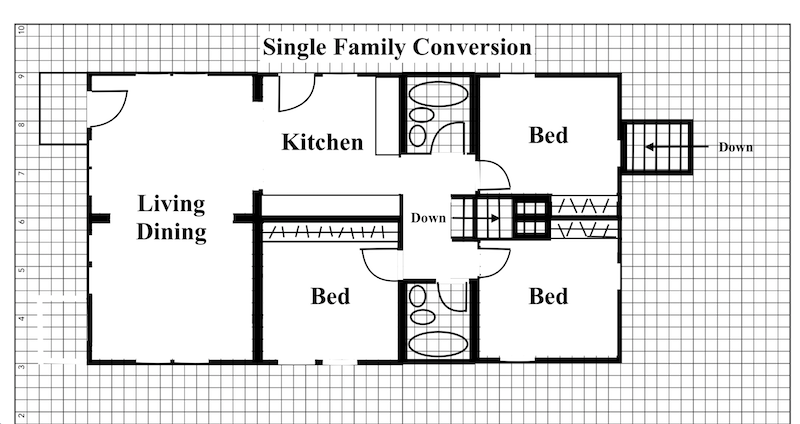Madison #3
For those readers who are struggling with housing affordability I’m going to describe a recent purchase that could serve as a potential template. My circumstances as a 56 year old investor preparing for retirement in about a decade may be different from yours, but some of the tactics are applicable to other situations.
A few months ago I bought a rental property in Madison, Wisconsin. This was my third purchase in as many years. The other two were single family homes, while this new one is a duplex. None of this would have been possible if it weren’t for my trusted real estate agent Ben and my local handyman Chris - both of whom are long term residents of the area.
In keeping with the usual pattern we identified a modest structure in a respectable location that has good long term prospects, but is still affordable for the metro. This property is a short walk to the public library, schools, local shops, parks, the lake, and is adjacent to several meaningful bicycle paths. It’s also really close to downtown, yet far enough away that the streets are quiet and tree lined and there’s a bit of garden space.
Madison’s population is growing faster than new homes are being constructed. What is being built is either luxury single family homes out on the suburban fringe or expensive downtown condos. Rental apartment complexes of the 200 unit variety are popping up, but there are too few and the rents are high.
The influx of new Madison residents is generally younger, better educated and better paid than the state average. There’s increasing financial pressure on the existing building stock. Home values and rents are going up as people compete over a constrained supply. As the traditionally desirable neighborhoods are pushed out of reach, second tier areas are receiving more attention. That’s my sweet spot.
This is one half of the duplex interior. When I bought the property I inherited the existing long term tenants and must honor their current leases until they expire within the year. This unit is occupied by an older gentleman who has lived here for over a decade. It’s his home. He’s happy here. The rent is genuinely affordable and he’s hoping to keep things the way they are. Upgrades and improvements suggest higher rent and eviction. That’s not good from his perspective.
This is the second unit in the duplex. It’s inhabited by an older lady who has been here for some years. She’s very happy with the accommodations. Her one request was that the heat be improved because she’s always cold in winter. Both furnaces were nearly forty years old so as soon as the sale was complete I had them replaced with new units. She was thrilled.
It’s unlikely these legacy residents will find equivalent rentals at the same price point in the area. They’d almost certainly have to accept lesser conditions and/or a higher rent elsewhere. I have no desire or need to ruin these people’s lives. My business model is based on properly maintaining the building for health and safety while doing very little discretionary work until they leave of their own accord. The real estate market will go up and down in the short term, but the long term trend is generally up. When the units are free I’ll assess the situation and respond with judicious improvements. It’s entirely possible to be a landlord and a decent person at the same time.
The median sale price for a home in Madison is currently $380,000. The duplex was originally offered for $280,000. That price was completely unreasonable given the current rents and general condition of the building as well as significantly higher interest rates than just a year ago. I watched as the price dropped to $265,000. Still, no one bid on it. It simply wasn’t worth what the seller was asking. It sat on the market a little longer. Then I offered $245,000 and the seller agreed. At that price the rents covered expenses and there was enough slack to justify future upgrades.
The most magical thing about this little house is that it actually exists. When it was built in 1951 it was legal, culturally acceptable, and cost effective for a mom and pop operation to construct a modest duplex. This vestigial housing stock supplied genuinely affordable market rate housing for tenants while also generating steady profits for the owner. This is capitalism’s happy place. Unfortunately, none of those things are true anymore. We’ve zoned, regulated and NIMBY protested them out of existence just as the cost of land, labor, and materials made them uneconomical to build.
Besides the initial price, which was too high, one of the reasons this place didn’t appeal to most potential buyers is that it didn’t show well. Buyers have gotten used to carefully staged listings with virtual 3D tours and professional photography. (I use those myself when appealing to prospective tenants. It’s money well spent.) Most buyers simply can’t see past other people’s furniture, decor, or outdated fixtures.
Here’s a news flash - most of that stuff goes away when the sellers or their tenants move out. What’s actually for sale is the structure and the dirt under it. This particular building isn’t perfect, but the things that are wrong with it are relatively simple to fix and can be addressed incrementally in a cost effective manner.
Other potential buyers were scared off by the existence of tenants. Being a landlord isn’t always fun, but it isn’t rocket science once you learn the basics. Tenants can be an asset rather than a problem if you approach the situation correctly. Even if the eventual goal is to vacate the premises it can be done peacefully where everyone ultimately gets what they need.
But mostly, people in search of a typical single family home just skip past these kinds of properties entirely. An old 1950s duplex doesn’t fit the image they have inside their heads. That’s a shame because these kinds of properties are real problem solvers, especially for people on a tight budget.
I made a very rough drawing of the floor plan. In its present form it offers multiple options for reinvention with modest amounts of construction. The simplest option is to leave things as they are and make small improvements each time one of the units becomes vacant. Paint, refinish the floors, upgrade appliances, replace fixtures… It doesn’t all have to be done at once. But each improvement builds on the others over time. The more attractive and functional the apartments are the more likely they will draw interest from better quality tenants at a higher rent. That’s currently my plan.
For people looking to buy their first home this could get them on the first rung of the property ladder assuming one of the units happens to be vacant. Living in half the duplex would allow the buyer to purchase a home at a reduced price relative to the median home in the area. ($245,000 vs. $380,000.) Plus the tenant in the second unit would cover a chunk of the monthly expenses. In the US any home with four or fewer units is treated the same as a single family home as far as financing is concerned so long as the buyer lives in the home for at least the first year.
I understand that most people have no interest in living in a small one bedroom apartment with strangers on the other side of the walls. I get it. But doing so for a little while allows for the possibility of another option. The duplex could easily be converted to a single family home, either legally or de facto.
In my experience, attempting to convert a single family home into a duplex induces the neighbors and local authorities to lose their minds. It’s as if rental units were small nuclear waste sites ready to melt down at any moment. But reducing rentals in favor of owner occupied single family homes is generally celebrated as an improvement since it weeds out “the wrong element.”
In this case one of the kitchens could become a bedroom or home office. Removing the excess fixtures and appliances is generally cheap and the process lends itself to a DIY approach. The two front rooms could be combined to form a single living/dining space. Not a lot else has to happen for this place to become a three bed, two bath home. The conversion could be as bare bones or as elaborate as the budget allows. Now the buyer has a home that’s much closer to the area median value even though it was bought at a deep discount. This is one of the options I have as an investor whenever I decide to sell many years from now.
Short version - don’t turn up your nose at small ugly properties. They may get you where you want to go faster than the McMansion you yearn for. But let’s face it, I thrive on other people not wanting these places. That leaves more for me.
